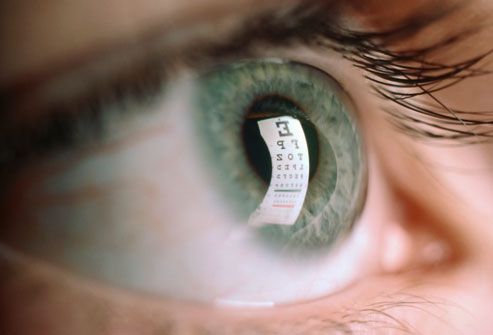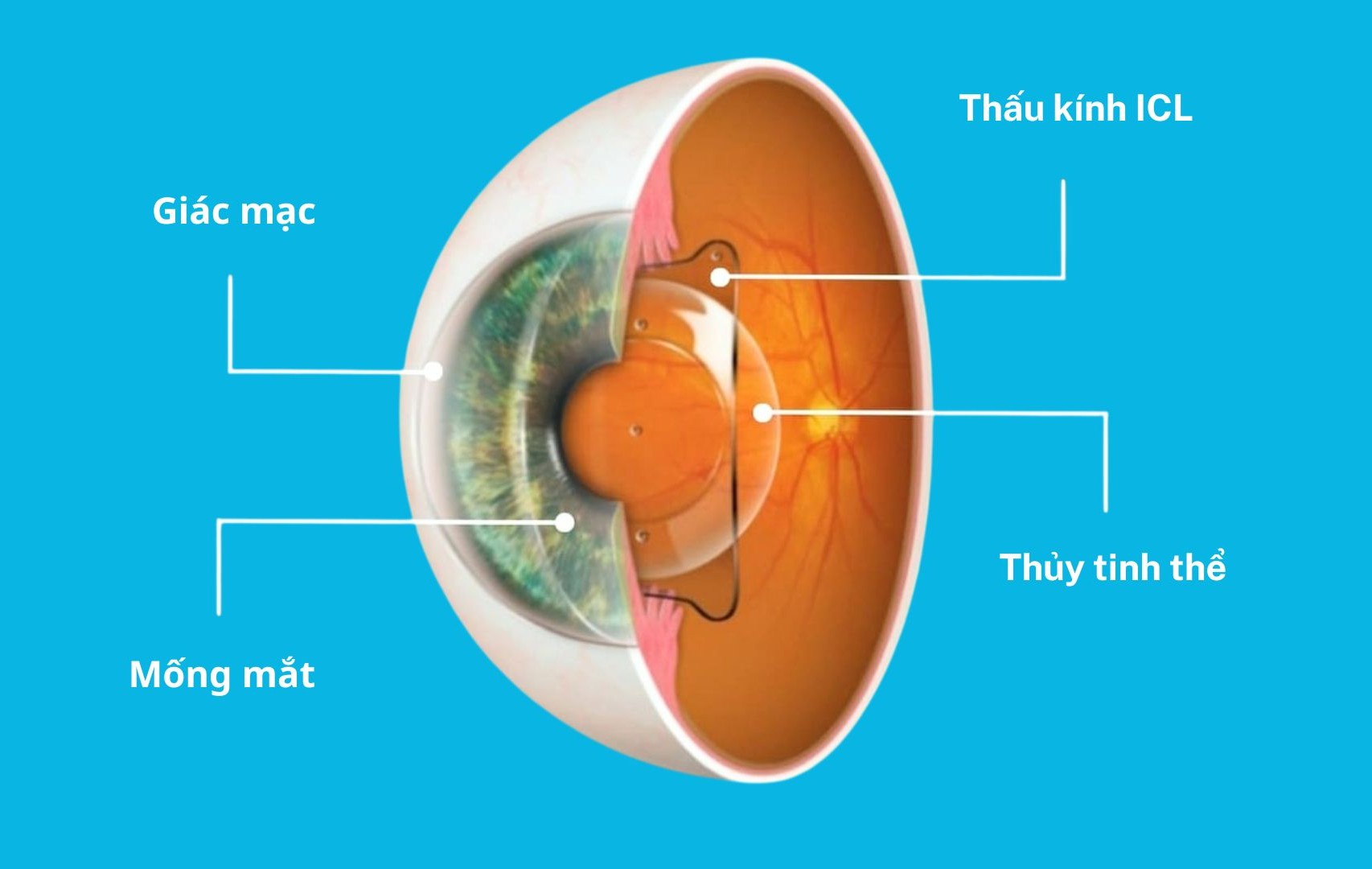Introduction to Phakic

In essence, the implantable lens functions similarly to eyeglasses or contact lenses.
Phakic ICL vision correction is becoming one of the leading choices for individuals with high myopia, thin corneas, or those who are not suitable candidates for laser-based procedures such as LASIK or SMILE. By placing a thin, flexible implantable lens inside the eye, this method allows light to focus accurately on the retina, delivering crisp, clear vision without thinning the cornea.
However, not everyone is eligible for this procedure. So what are the international standards used to determine who is suitable for Phakic ICL vision correction? The following sections provide a detailed overview of the requirements, examination process, and reasons why Phakic ICL is considered an optimal option for many patients.
What is Phakic ICL Vision Correction? How is it different from laser surgery?
The eye functions similarly to a camera, where the cornea and the natural crystalline lens act as optical components that help focus light onto the retina. In myopic eyes, however, light rays converge before reaching the retina, causing blurred distance vision.
Phakic ICL addresses this issue by placing an ultra-thin implantable lens behind the iris and in front of the crystalline lens—essentially adding another perfect “lens” to the eye to ensure that light focuses precisely on the retina.
Unlike laser procedures that thin the cornea, Phakic ICL does not involve cutting or reshaping the cornea. It preserves the corneal surface entirely and rarely causes dry eye symptoms.
Who is suitable for Phakic ICL vision correction?

Phakic ICL minimally affects the corneal surface, limiting disturbance to the corneal nerves.
According to international ophthalmology standards and guidelines from implantable lens manufacturers:
✔ Ideal age range: 21–45 years
This is the period when the eye’s structure and focusing mechanism are stable. Below age 21, the refractive error often fluctuates. After age 45, the likelihood of cataracts and changes in accommodation increases.
✔ Eligible degrees of myopia, astigmatism, and hyperopia
Phakic ICL is suitable for individuals with:
- Myopia from –3.00D to –20.00D
- Astigmatism from 1.00D to 6.00D
- Hyperopia up to +10.00D depending on lens type
A significant advantage of this method is its ability to correct very high refractive errors—something LASIK and SMILE often cannot achieve due to corneal limitations.
✔ Thin corneas or irregular corneal shape

With Phakic ICL vision correction, the implantable lens is custom-manufactured according to each eye’s measurements.
Because it does not affect the corneal structure, Phakic ICL vision correction is considered an ideal solution for:
- Corneas too thin for laser procedures
- Risk of keratoconus or corneal ectasia
- Irregular corneal topography
✔ Anterior chamber depth ≥ 3.0 mm
This standard ensures adequate space inside the eye for the implantable lens. Anterior chamber depth is measured using devices such as the Atlas or Visante systems.
✔ Sufficient corneal endothelial cell density
Endothelial cells maintain corneal clarity. Patients with low endothelial cell counts are not suitable candidates for Phakic ICL.
✔ No serious ocular diseases
Phakic ICL implantation is contraindicated in patients with:
- Glaucoma
- Retinal diseases
- Uveitis
- Cataracts
- Conditions affecting accommodation or overall ocular structure
✔ Stable refractive error for at least one year
If the prescription changes rapidly, postoperative results may not remain stable.
4. How does the Phakic ICL procedure take place?
The procedure typically takes 10–15 minutes per eye.
The Phakic ICL implantation process includes three main steps:
- Creating a small incision at the corneal periphery
- Inserting the implantable lens into the eye
- Positioning the lens behind the iris to complete the procedure
Because the incision is tiny, no sutures are required. Healing is fast, and patients usually return home the same day.
Recovery after Phakic ICL vision correction
During the first 24 hours, patients should allow their eyes to rest, though they may open their eyes normally and engage in light activities such as reading or computer work. Most patients achieve optimal distance vision within one week, while near vision may take several weeks to months to fully stabilize as the eye’s natural accommodation adjusts.
During this period, patients should avoid strenuous activities to prevent accidental impact, use protective eye shields when sleeping during the first few days, and maintain proper eye hygiene.
Phakic ICL vision correction is particularly suitable for individuals with high myopia or astigmatism, thin corneas, or those seeking a procedure that preserves the corneal structure. To ensure maximum safety, a complete preoperative evaluation must be conducted according to international standards. Once all criteria are met, patients can expect stable, clear, and long-lasting vision after surgery.

 vi
vi 27-Nov-2025
27-Nov-2025










 0916.741.763
0916.741.763 Appointment
Appointment